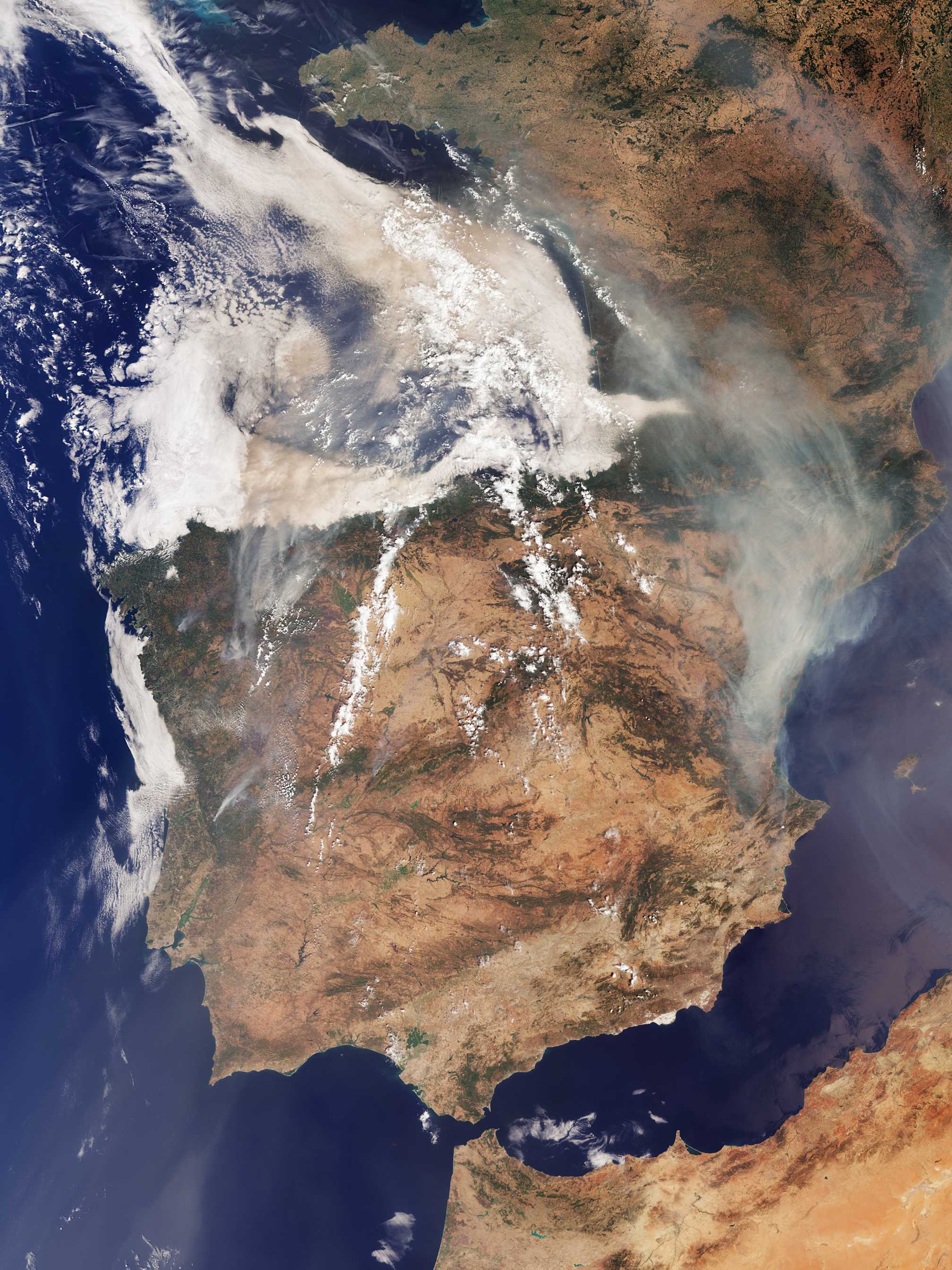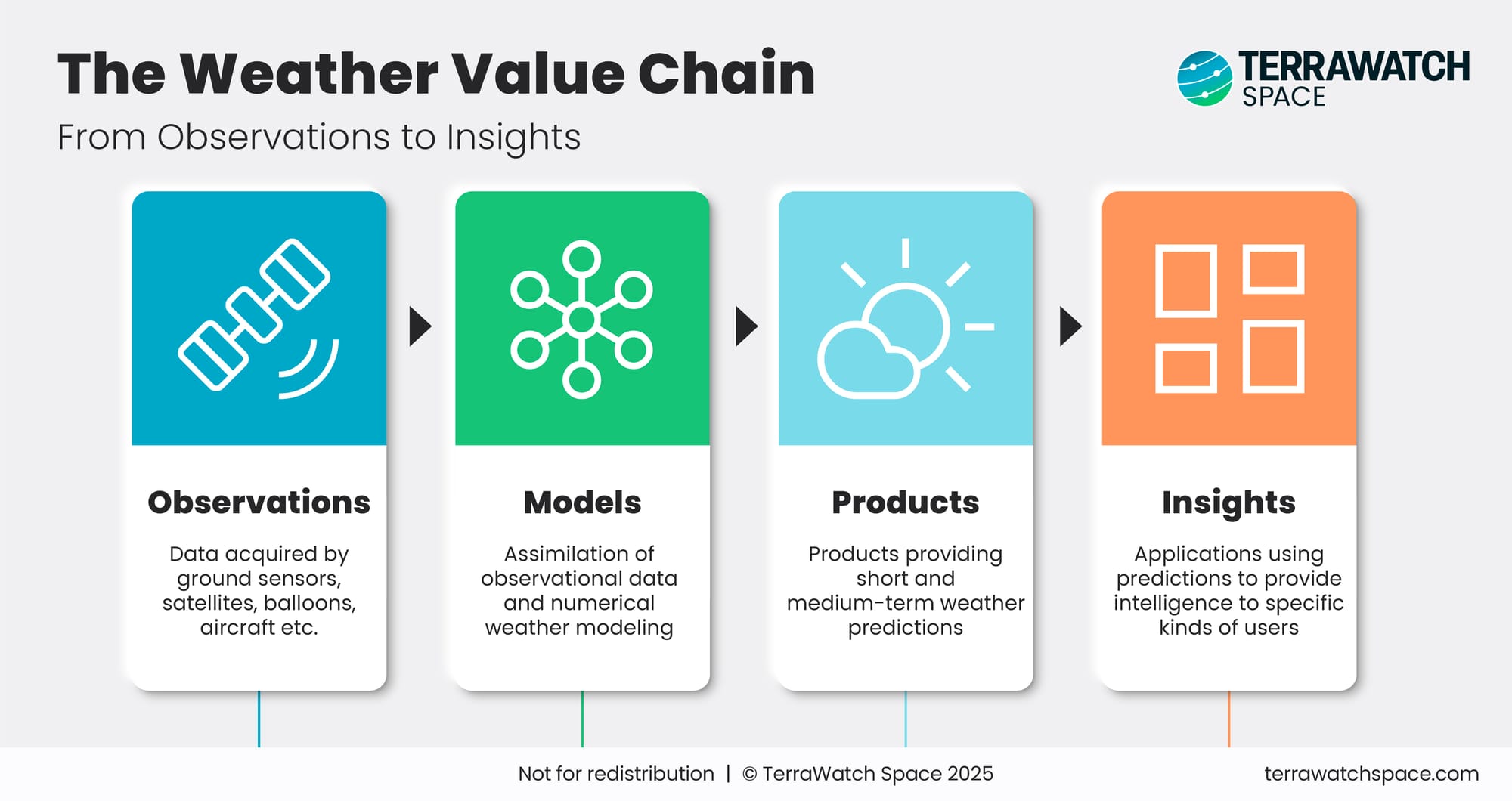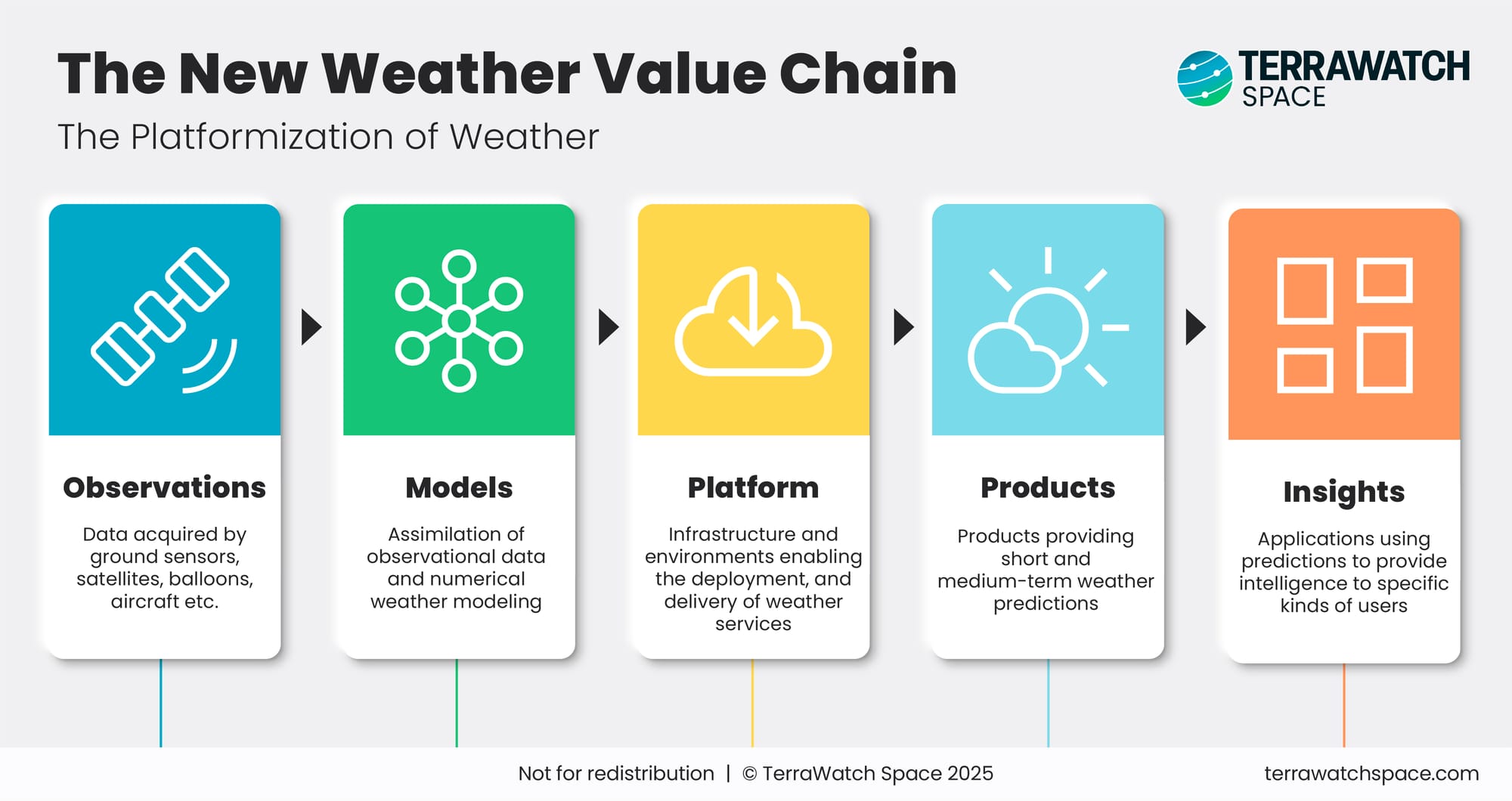Welcome to the new format of the TerraWatch newsletter. A few quick housekeeping notes, as this is the last weekly edition of this newsletter.
📢 Reminder: The TerraWatch Newsletter Is Evolving
As announced, the TerraWatch newsletter is moving to a new model starting next Monday, September 1.
TL;DR: If you are a free subscriber and you don't receive this newsletter, next Monday, that is normal. You will receive the Essentials edition, every two weeks - the next edition will be on September 15.

To help you get familiar with what’s coming, this month you received the previews of the new formats:
- On Aug 4 and Aug 11, you got previews of the the new format of the free newsletter - Essentials - that will go out every two weeks from September – shorter, sharper, and focused on key EO highlights.
- Last week and this week, you get a preview of the new weekly paid newsletter - Pro, showcasing the briefing with deeper analysis and exclusive insights, to help you decide if you want to upgrade.
If you would like to receive weekly the market briefing with exclusive analysis and insights, upgrade to the Pro tier at $49/year.

📈 EO Market Signals
💰 Deals & Funding
- Sumitomo Corporation one of the largest trading firms in the world, has made a strategic investment in EO intelligence startup Ursa Space.
- Stratospheric balloon-based imaging company Urban Sky has won a contract from the U.S. Air Force to support development of technologies that enable small balloons to complement, or replace, satellites.
- EON Space Labs, an Indian manufacturer of imaging payloads, has raised USD 1.2M in Pre-Series A funding.
- BlackSky signed a seven-figure contract with HEO, a space domain awareness monitoring startup to provide non-Earth imaging services for defense, intelligence and commercial use.
🎯 Moves & Strategy
- NOAA is planning to remove two instruments - one that would measure air quality, and another that would observe oceans conditions - from the upcoming next generation of weather satellites called nicknamed GeoXO.
- Technosylva, a wildfire management solution provider, is partnering with EO-based vegetation intelligence provider AiDASH to provide a more comprehensive risk management solutions for utility firms.
🛰️ Other Signals
- A new paper shows the potential of using Sentinel-1 SAR data to monitor a new economic indicator: production levels in the German automotive industry.
- The Copernicus Sentinel-3 satellite captured the smoke from widespread wildfires across Spain and Portugal.

🔎 Featured Analysis
An EO-Exclusive SpaceX Launch
Tomorrow, August 26 SpaceX will launch an EO–exclusive Falcon 9 mission, with 8 EO payloads. Likely the first of its kind, this is another marker of just how rapidly the commercial EO market is growing. The satellites about to be launched include:
- NAOS (National Advanced Optical System), Luxembourg's dual-use observation satellite system, capable of acquiring imagery at 0.5 m resolution;
- Pelican-3,4 from Planet, the company's very high-resolution imaging satellites with onboard processing, capturing at 0.3 m resolution;
- Acadia-6 from Capella Space (acquired by IonQ), continuing launch of its next-generation SAR satellite, capturing data at 0.5m;
- FFLY-1,2,3 from Pixxel, joining the first three satellites launched in January and completing the company's first phase of its operational constellation;
- LEAP-1 from Dhruva Space, which hosts two EO payloads from Australian startups Akula Tech with onboard processing unit and OTR-2 by Esper Satellites with a hyperspectral imager.
Why this matters
This single launch is almost a snapshot of the commercial EO landscape today consisting of national sovereign capabilities (Luxembourg), scaling incumbents (Planet, Capella), emerging players and startups (Pixxel, Esper) and the next generation of technologies (hosted payloads from Dhruva Space and onboard AI from Akula Tech).
Going to Climate Week in NYC in September?
We are hosting a side event during Climate Week NYC on Thursday, September 25, for sustainability teams, nonprofits, investors, and data-driven decision-makers. We will be exploring how satellite data is powering action across four themes – emissions, weather, nature, and forests.
We’ll be putting together multidisciplinary panels and discussing real-world applications of EO, barriers to adoption, and what’s needed to scale EO-powered sustainability efforts – in partnership with leading EO companies GHGSat, Tomorow.io, Planet and EarthDaily.

💡 Exclusive Insights from TerraWatch
The Platformization of Weather: Powered by AI
For decades, the weather ecosystem has followed a linear flow. Observations from satellites, sensors, balloons, and aircraft feed into Models, which generate forecasts. These forecasts are packaged into Products like weather maps or sector-specific outlooks, and finally distilled into Insights that inform decisions in aviation, agriculture, transportation, and beyond.

The New Weather Value Chain: Platformization
But AI is changing the game. The rise of AI weather models has enabled a new “platform” layer between models and products. Instead of forecasts being locked inside agency pipelines, AI-driven models (like those from Google DeepMind, Microsoft, or NVIDIA) are being deployed as platform services, accessible via APIs, cloud environments, and developer tools.

This platformization of weather means that:
- Forecasting power can be commoditized and scaled i.e. anyone can build on top of AI-driven models without owning satellites or supercomputers.
- Startups and enterprises can plug their data directly into these models to build tailored applications for energy, logistics, insurance, and climate risk.
- The competitive edge is shifting: it is a combination of who has the best data as well as those who can integrate the new observations into platforms that can provide insights at scale.
Satellites are still the backbone of weather, but their relevance depends on how integrated they can be into the AI-driven platform ecosystem. This is why big tech companies like Google and Microsoft are suddenly weather players – AI makes forecasting modular, and platforms make it deployable everywhere.
You’re reading a Pro preview. From Sep 1, Pro will be for paid subscribers only. Subscribe now to keep getting it every week!
Until next time,
Aravind.






